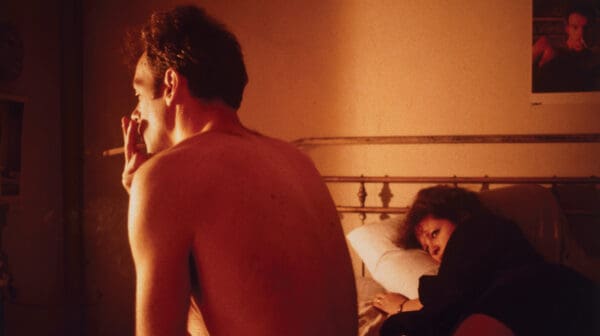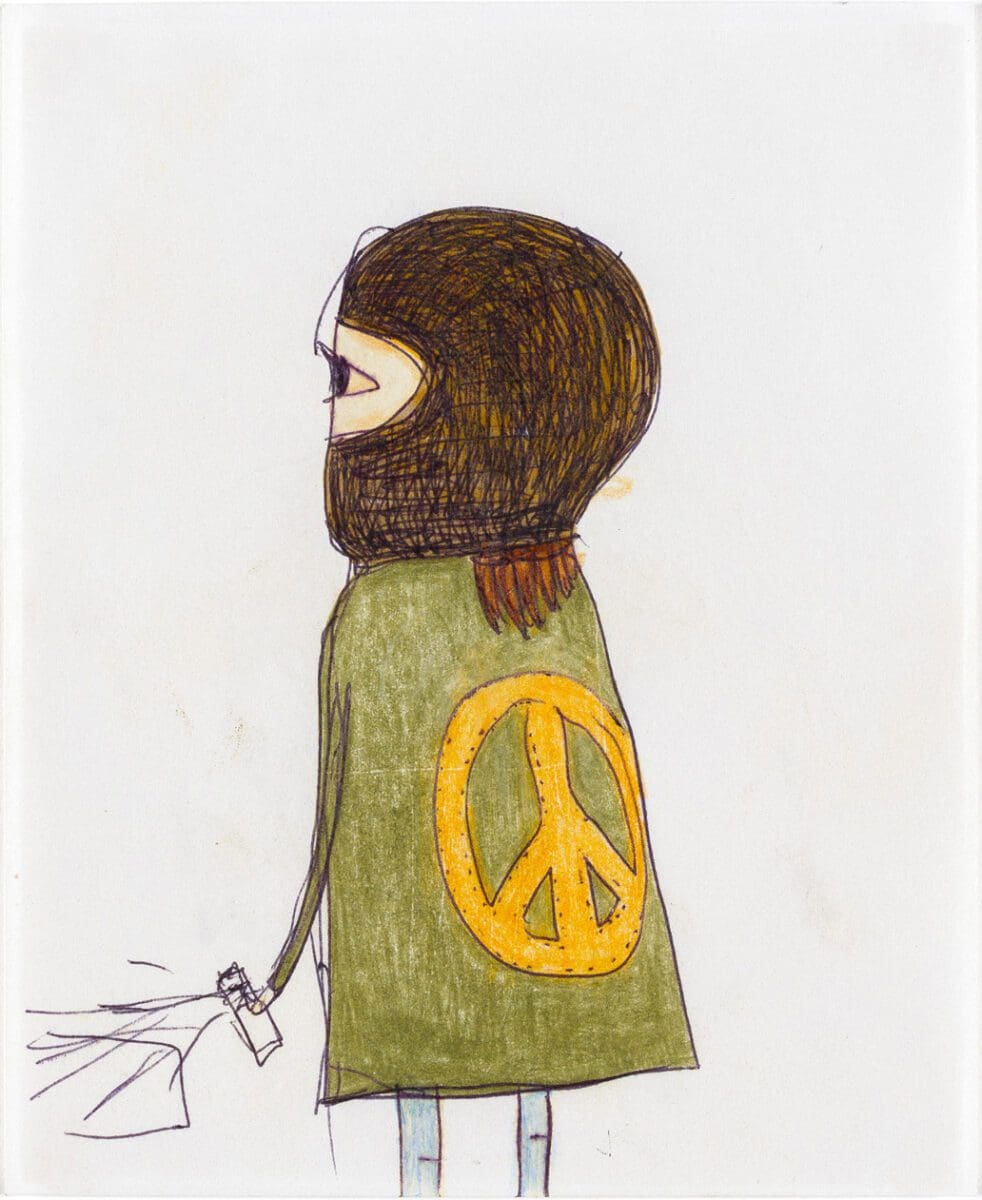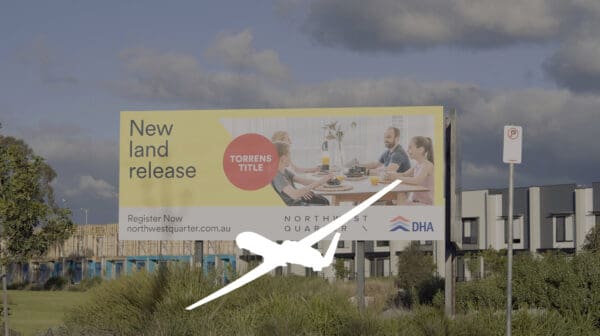The first solo exhibition in Australia from Yoshimoto Nara can be regarded as the culmination of an artist resurrecting his practice after tragedy. In 2011, Nara witnessed his hometown of Fukushima, Japan, endure the Tōhoku earthquake and tsunami, along with the subsequent nuclear meltdown in the city. This trauma greatly affected Nara—whose large paintings and sculptures of children’s heads have been iconic across the world since the 1990s—leaving him blocked artistically. His overwhelming sense of helplessness made creating seem futile.
“The initial shock of the events and their human and environmental impacts saw Nara radically question the purpose of his practice,” says Art Gallery of Western Australia (AGWA) curator Robert Cook. “For a while he was unable to make work at all.”
The AGWA exhibition is partly a celebration of Nara’s journey back to creativity, with one key medium: sculpture. In speculating why this was, Cook says, “It’s my sense that while he had always made sculpture, it was a process that was additive, that built up, rather than built over a surface.” Sculpture gave Nara the chance to create with a literal medium, as opposed to painting or drawing, which require a physical form or canvas to apply the medium.
As well as sculptures (which retain Nara’s focus on the faces of enlarged, bigeyed children, each with a different expression), the exhibition includes drawing, painting, photography and ceramics. Cook explains that there are synergies between each medium that “amplify the poetics of Nara’s display strategies”. It’s a show where spatial presentation is of special importance.
“Having finished installing, I think the layout [allows the] sculptures [to] hold their space so vulnerably and yet so commandingly. The differences in scale between them create this great flicker between the monumental and the intimate. We feel part of the drama of it all.”
Reach Out to The Moon, Even If We Can’t
Yoshitomo Nara
Art Gallery of Western Australia
Until 25 June
This article was originally published in the May/June 2023 print edition of Art Guide Australia.















